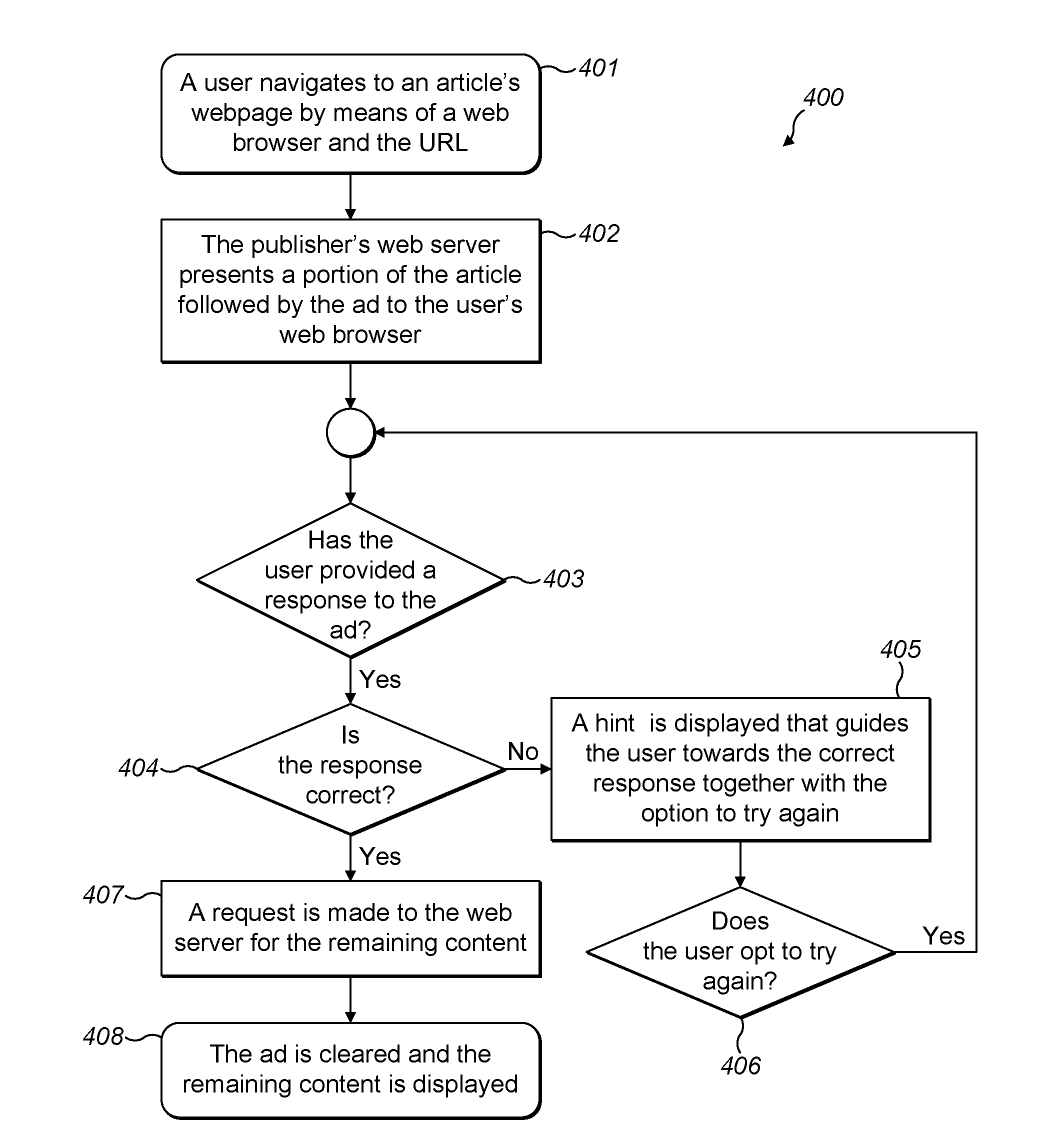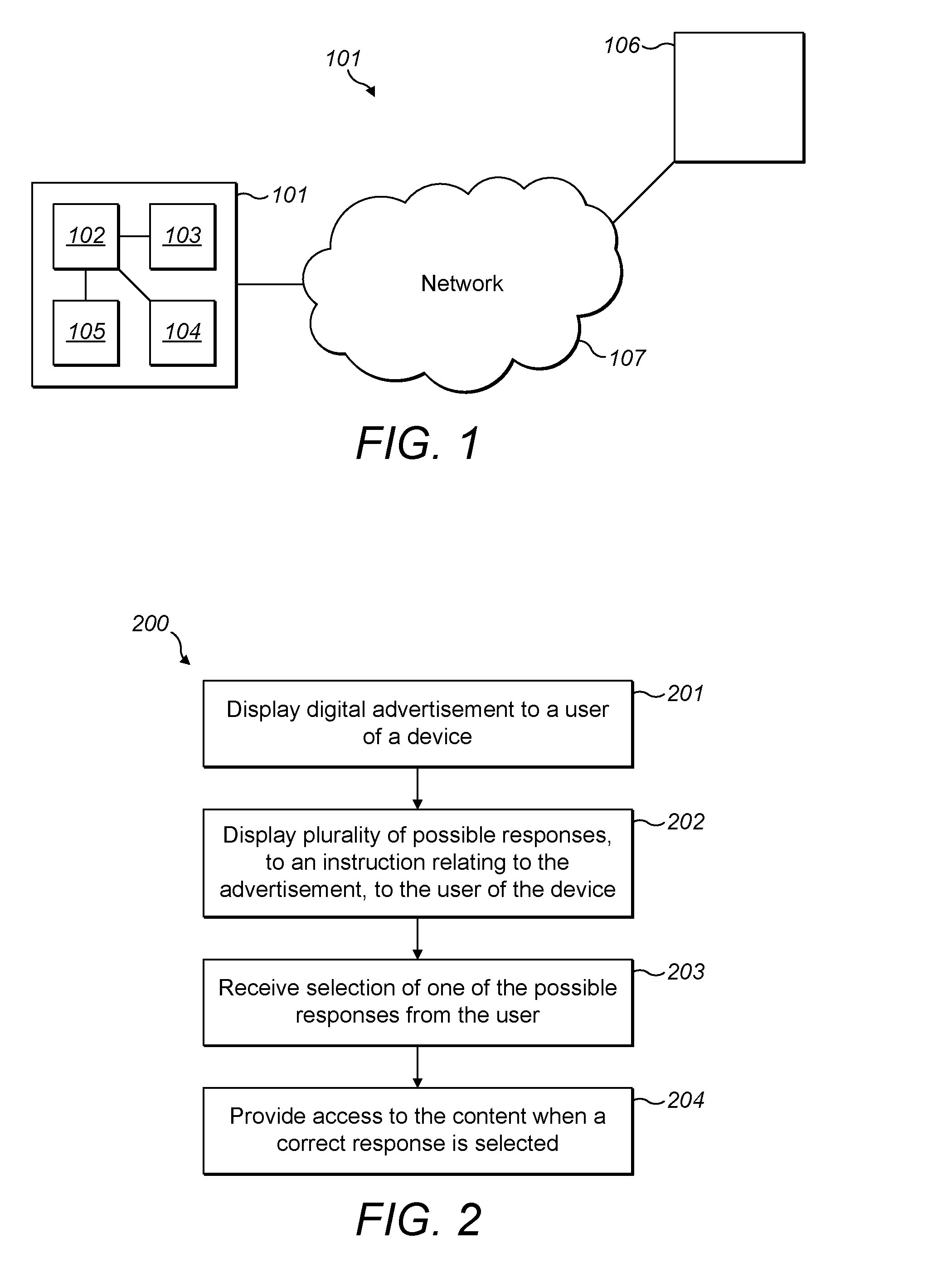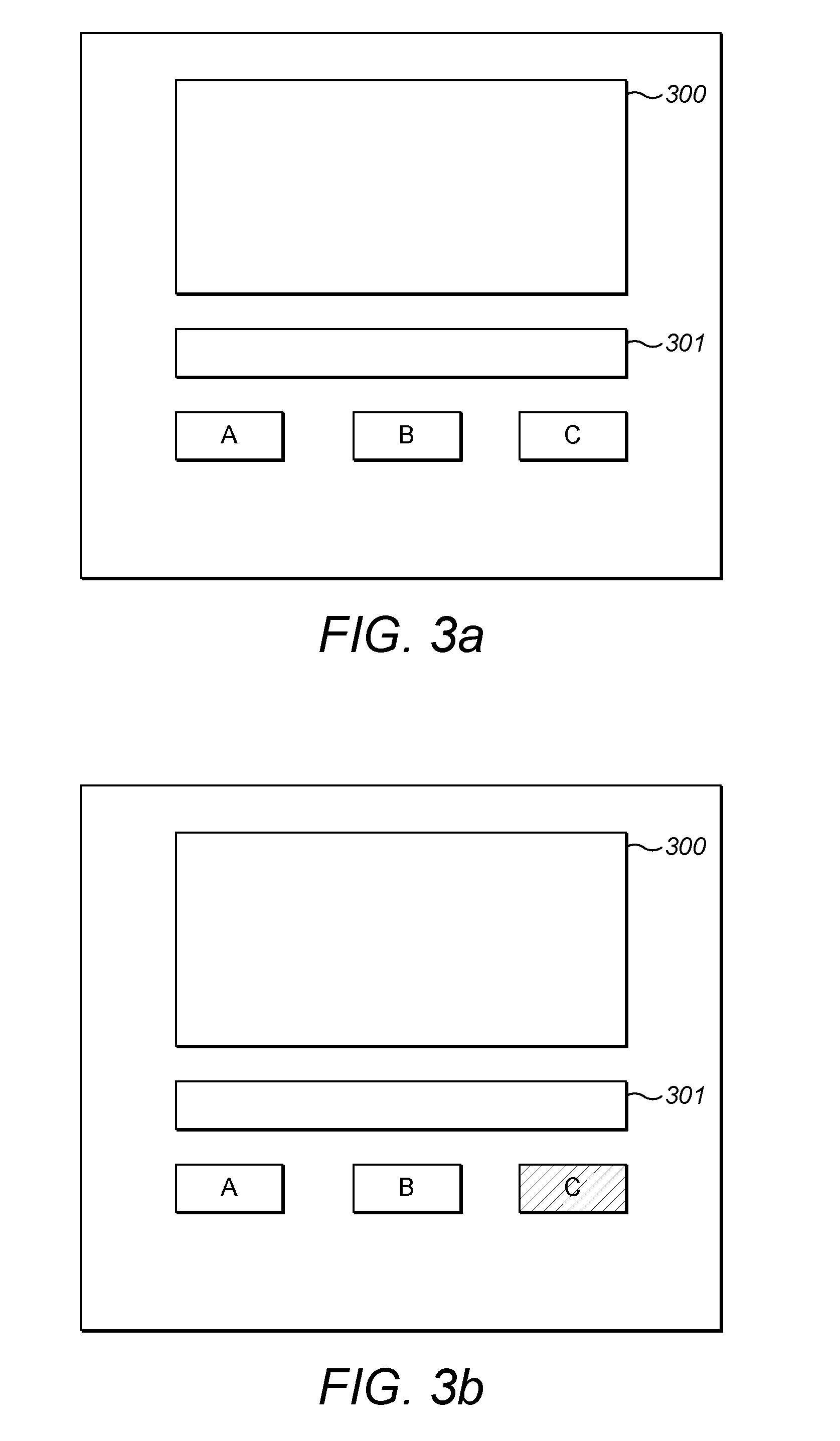Ad
blindness is a serious problem for the advertising and publishing industry as it severely reduces the effectiveness of ads.
Ad blindness has a severe effect on the CPM a publisher can charge advertisers as the bulk of the impressions are simply ignored.
Therefore, ad blindness severely reduces the revenue that a publisher can generate from their finite ad inventory compared to what it might be if ad blindness could be eliminated.
However, despite these ad formats, there has been very little effect on reducing ad blindness; temporary improvements are quickly lost as users rapidly adjust to any new formats and continue to ignore them.
Ad formats that are overly aggressive in attempting to get a user's attention are also considered to be more annoying: a publisher risks losing their audience if the experience of using their service is negative.
These ads pop up to obscure the content the user has accessed, thereby forcing the user's attention away from the content and to the ad.
Although these ad formats appear to solve the problem of ad blindness, nothing could be further from the truth.
Pop-up ads are also considered to be highly annoying and a publisher that relies on them too much risks losing readers and therefore revenue.
The increase of aggressive ad formats and the
resultant annoyance has given rise to a new range of products, commonly referred to as ad blockers.
Although convenient for the user, this is hugely damaging to the publisher as the ad impressions they are able to deliver are reduced, thereby negatively impacting revenue.
As with ad blockers, publishers are once again deprived of impressions delivered, which therefore reduces revenue.
Another drawback with rich media ads, both of the pop-up and traditional formats is the attribution that is provided to an advertiser which is used to determine the amount billed.
However, rich media ads typically require a certain amount of time before all their content has been presented to the user.
This creates a problem with regards to attribution.
This uncertainty with regards to the delivery of rich media ads further reduces their earnings potential for publishers as advertisers are loathe to pay for undelivered or partially delivered content.
Although, these seem fairly obvious and sensible methods of raising revenue, they both suffer from serious drawbacks, primarily due to the ubiquity of free content available on
the internet.
Multiple levels of subscription are sometimes provided that progressively provide more content with increasing costs.
As already stated, the first major hurdle that publishers face is getting customers to sign up for a subscription.
The internet has numerous free sources for content, so unless the publisher is able to provide content not available elsewhere, the likelihood of selling subscriptions is low.
Publishers that only allow subscription-based access lose page views and therefore ad inventory as a fee paying customer will be unable to share content with a non-fee paying user.
In reality, however, micropayments have been far from successful as source of revenue.
Firstly, the
prevalence of free content and the ease with which alternative sources can be found on
the internet have meant that users are inclined to simply search for and access free content rather than pay the small fee.
Secondly, a
payment requires the user to provide
payment details together with additional inputs to verify their authenticity; this is
time consuming and tedious and most users simply abandon the
payment process even if they were initially willing to pay.
To further make matters worse, financial institutions apply charges for cash transactions which further erode the revenues that publishers receive.
Micropayments have therefore failed as a
system to raise sustainable revenue for publishers.
However, the range of problems facing
digital advertising has resulted in steadily decreasing advertising revenues threatening many publishers with financial ruin.
Unfortunately for Google, the GCS service was not as successful as expected.
Users are generally impatient and want to get access to the content they're interested in as quickly as possible.
Feedback would be erroneous as there was no way to ensure that users were actually reading the question and providing a thoughtful response.
Apart from the inherent inaccuracy of the service, the market for
consumer surveys is also far smaller than the market for advertising.
These flaws proved fatal to the business plan underlying the GCS service.
 Login to View More
Login to View More  Login to View More
Login to View More 


